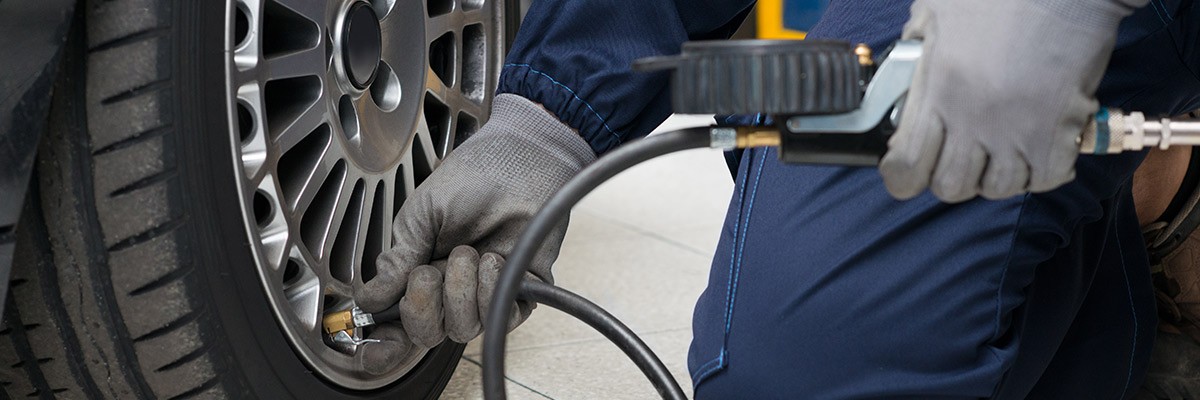Creating Competitive Edge With an Industry-Leading Automated Tire Management System
This manufacturer is trailblazing in the market with an intelligent application — one that’s reducing tire-related downtime by nearly 50% and making vehicle safety a priority across a 7,500+ fleet.
Facts at a glance
Client industry:
Manufacturing
Challenge:
Alert teams on tire pressure loss and resulting obstruction faster.
Solution:
Custom code and model development for a next-gen automated tire management platform
Insight provided:
- Front-end app development
- AI Center of Excellence (CoE)
- Development workstreams
- MLOps strategy and framework for backlog
- Sandbox governance
- Forecasted compute requirements
Outcomes:
- Tire-related downtime reduced by nearly half
- Improved safety and support for 7,500+ vehicles
- Competitive differentiation with first-ever, real-time analysis app for a commercial fleet
- All-new, AI-focused CoE for long-term success
The vision: Vehicle maintenance transformation to protect drivers and drive more business
For commercial vehicle fleets, tire-related downtime not only means less time generating business on the road — but also greater potential for accidents. Ensuring good tread depth is critical: Shallow tread grooves in tires result in less traction on the road, longer braking times and can make it difficult for a driver to control their vehicle.
For this leading auto manufacturer, measuring tire tread depth for commercial fleet vehicles was top priority. But after years of using manual measurement processes, leaders needed a faster, more integrated way to alert teams on tire pressure loss and resulting obstruction. The company was using a tool to measure every groove on every commercial tractor trailer — with 16 tires per vehicle, the process had become grueling.
Operating in more than 20 countries, the company has grown to be one of the world’s largest auto manufacturers, delivering products from aircraft tires to conveyor belts, seismic isolators and more.
With an existing Azure® ecosystem and data lake, the company knew that Databricks could support streaming analytics — but needed help making a solution operational, proving value at the outset with a Proof of Concept (PoC), and executing with precision and efficiency. Most importantly, the company needed a solution that could scale across thousands of vehicles.
Partnering for the journey
The manufacturer had previously leaned on Insight for an employee portal modernization initiative. Now, we had the opportunity to partner with the client on a new transformational journey using our experience delivering data and Artificial Intelligence (AI) solutions.
Using Databricks as the central engine, our team developed custom code and a model that could run in real time on newly arriving data. For a seamless front-end experience, we recommended a custom iOS® app that would allow front-facing cameras to capture photos of tires, instantly route to the database and provide measurements in real time. After a successful PoC that detected tire tread depth of just 0.03 mm, leaders were convinced of the value of the app — and were ready to scale.
What’s more, in the process of PoC delivery, our teams were able to uncover even more areas to improve performance; this would eventually lead to additional AI and Machine Learning (ML) use cases for tire telemetry.
As a result of this work, our client became the first in its industry to implement real-time analysis at scale for a commercial fleet.
Assisting with development workstreams, an AI Center of Excellence (CoE), an MLOps framework for backlog, governance of the sandbox and forecasted compute requirements, we helped the client scale to several additional models in production — supporting more than 7,500 vehicles on the road.
The outcome: Reduction of tire-related downtime by nearly 50%
What began as a single productionized model scaled to several models powering a next-gen automated tire management platform — a platform ultimately proven to reduce tire-related downtime by nearly half.
As a result of this work, our client became the first in its industry to implement real-time analysis at scale for a commercial fleet. Today, the company is using the platform to reduce tire costs, increase labor productivity and keep fleets running more efficiently and safely than ever.

